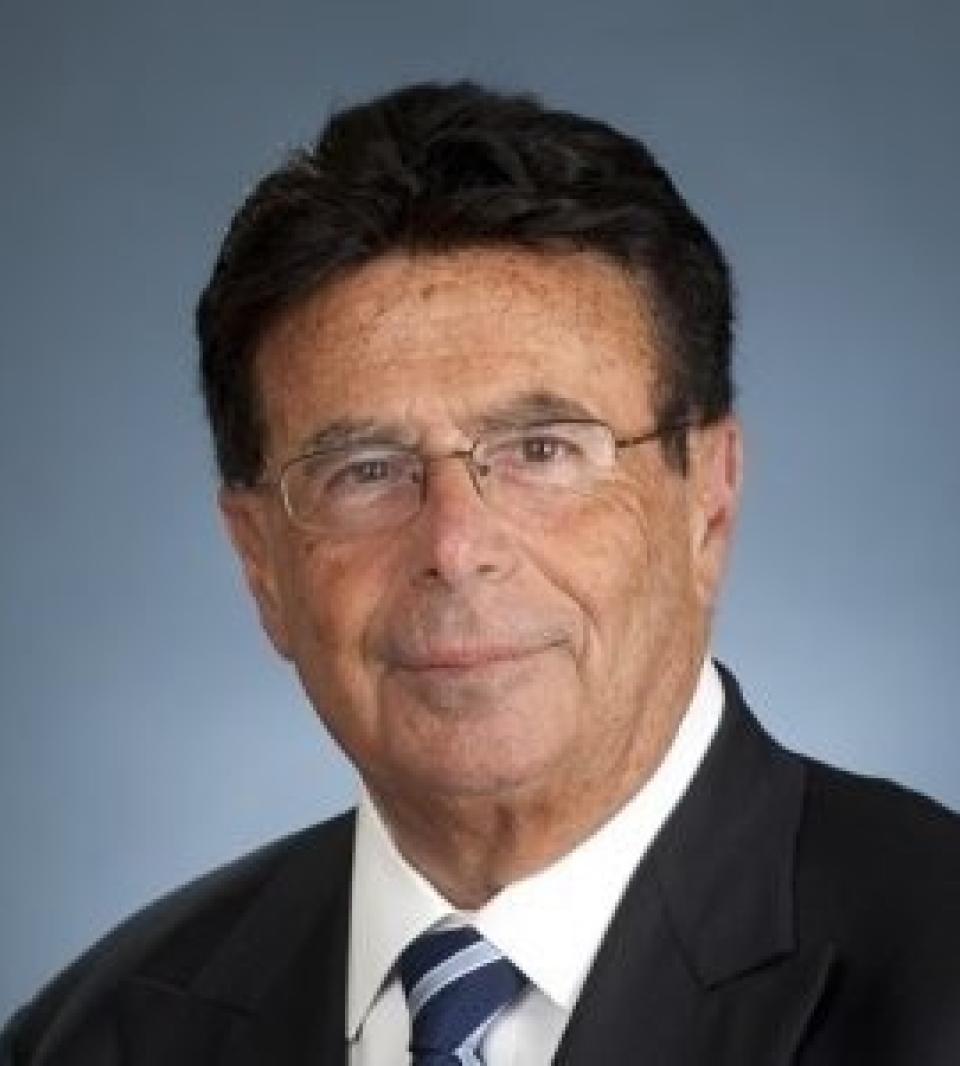Meyer “Mike” Benzakein used to attract attention in GE Aerospace meetings for a funny habit: At first glance, he appeared to be sleeping. Young engineers would wonder about his focus — until he spoke up with an incisive question.
“He was actually sharply paying attention,” recalls Mohamed Ali, vice president of engineering for GE Aerospace. “He would say only a few words, but his point was very clear.”
Benzakein, who died Feb. 17 at age 84, played a key role in developing two of GE Aerospace’s highest-profile jet engines: the CFM56 and the GE90. His contributions earned him multiple distinctions from peers in his field. He was inducted into the GE Aviation Hall of Fame in 2012, recognized as a fellow with the American Institute of Aeronautics and Astronautics, and named a member of the National Academy of Engineering. In 2021, the Royal Aeronautical Society awarded him an honorary fellowship, “the world’s highest distinction for aerospace achievement, awarded for only the most outstanding contributions to the aerospace profession.”
“He embodied the leadership behaviors we often identify in the company as being necessary: He was transparent and humble, and led with integrity,” Ali says.
Born in Alexandria, Egypt, Benzakein received a diploma in mechanical engineering from the Swiss Federal Institute of Technology and a master’s degree in mechanical engineering from Columbia University. He earned his PhD in aeronautical engineering from Wayne State University in Detroit in 1966.
A year later, he joined GE Aerospace in Cincinnati, where he led the design and certification of the CFM56, the world’s best-selling jet engine. Produced by CFM, a 50-50 joint company between GE and Safran Aircraft Engines, the CFM56 is known for its exceptional reliability and performance. It has powered more than 1 billion flight hours to date for single-aisle commercial jets such as the Boeing 737 and Airbus 320. An aircraft with a CFM engine takes off every two seconds somewhere in the world.
“Mike understood that the engine had to be reliable,” says Bruce Mills, a retired GE general manager in commercial engines who worked closely with Benzakein. “That’s what allowed CFM to become such a big thing in the marketplace. It would stay on wing twice the length of time of the competition.”
Benzakein also played a leading technical role in developing the GE90 jet engine, which launched in 1990 as the first GE Aerospace engine in the 100,000-pound thrust class. The engine’s high reliability and lower noise, emissions, and fuel consumption created a winning combination to power twin-engine Boeing 777 aircraft.
The GE90 was the first commercial engine for the company that was not derived from a military engine. It also had the first carbon-fiber composite fan blade for a commercial engine, doubling the strength from traditional titanium-body fan blades at one-third the weight. GE’s wide-body engines now consistently use composite fan blades. The GE90 combustor, which combines the jet fuel with high-pressure air, also had a radically different design from its predecessors.
Striving for these technical breakthroughs led to plenty of challenges. “Inventing the future of flight is hard,” Ali says. “Mike had the ability to say, ‘We have a problem, and we’re going to solve it with physics and knowledge and overpower it.’ There would be no one in the room who was calmer than Mike.”
Benzakein developed strong relationships with teams at both Boeing and Airbus. He nurtured engineering talent and mentored many future leaders. “Mike was always there to support customers, partners, and his teams,” says Jan Schilling, retired chief engineer and general manager at GE Aerospace. “He was one of the most tenacious individuals I have ever worked with, who not only drove initiatives at a rapid pace but drove himself to meet key challenges.”
After 37 years at GE, Benzakein retired as general manager of advanced engineering programs in 2004. He then joined the Ohio State University as Wright Brothers Institute Professor, serving as chair of the aeronautical engineering department. He later became director of the university’s Propulsion and Power Center. He retired from Ohio State in 2022.
When Ali had dinner with Benzakein for the last time in late 2022, Benzakein fondly recalled growing up in Egypt and asked enthusiastic questions about GE Aerospace’s RISE program, which stands for Revolutionary Innovation for Sustainable Engines. The initiative aims to serve as the foundation for a next-generation CFM engine that would use 20% less fuel and create 20% fewer emissions than the most efficient jet engine in use today.
Benzakein is survived by his wife of 57 years, Beverly, and their son, Ariel. Contributions in his memory can be made to HIAS, a Jewish American nonprofit organization that provides humanitarian aid and assistance to refugees.





